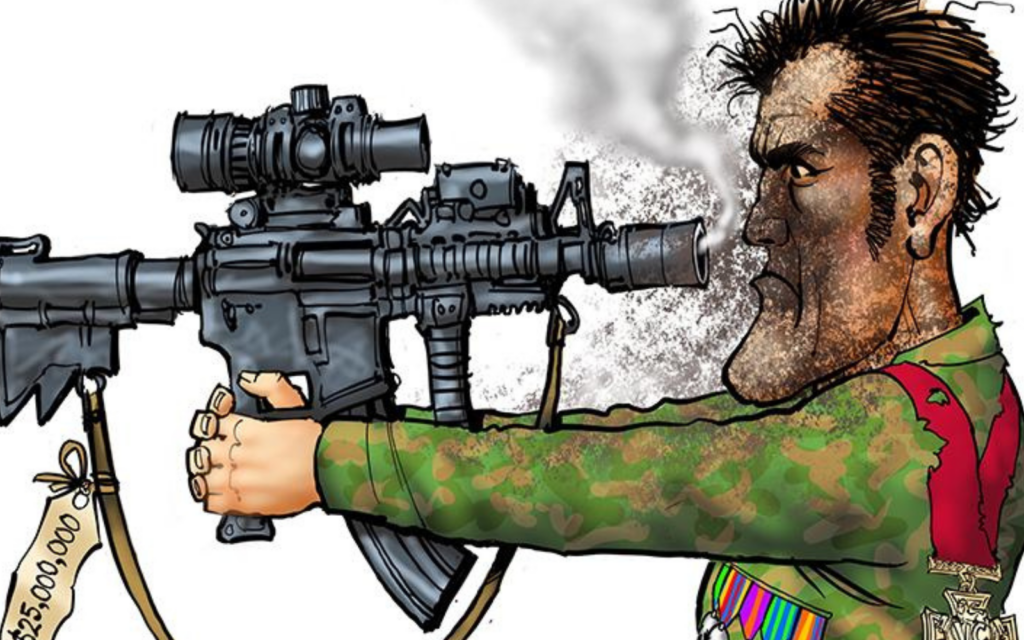“SDS1 began as a bit of a side project,” says Ratnamohan, who has performed throughout Australia, South Africa and Europe. “The previous two shows (Michael Essien I want to play as you… and The Football Diaries) were driven by text and I really wanted to make a piece that didn’t revolve around stories, I wanted to use movement. Football hasn’t been used that much in theatre and I want to keep pushing that concept. I’m getting footballers to be inspired by dance rather than getting dancers or dance audiences to be inspired by football. My first piece (The Football Diaries) was about my about my short-lived career as a footballer and the second one (Michael Essien I want to play as you…) was about the experiences of African footballers in Europe who see football as a career to get them out of Africa and out of poverty. Some make it but what about the ones who don’t? I toured South Africa with this show and discovered hundreds of African migrants who had travelled to South Africa to play football professionally. I used that as inspiration. What happens to the ones who don’t make that far?”
SDS1 (the name comes from the working title for the show ‘solo soccer dance’, which stuck), which Ratnamohan calls ‘soccer as theatre’, uses movement to explore the language of athleticism while inspiring audiences, seated in the round as though they’re at a game, with the ‘poetic experience of the match.’ “I’m exploring a physical, theatrical and psychological language of movement,” Ratnamohan says. “I want to transcend the game; I am pushing the choreographic side of the physical nature of football; it has its own movement vocabulary. This is theatre to draw a new audience. SDS1 is about the effect on the audience overall: I want people to ponder the machine that is football, on an emotional as well as on a physical level. Is it dance or is it sport? Sport, on the social level is a spectacle where the money is so inflated and the stakes are so high; it is quite ludicrous and surreal at the same time. The athletes are vulnerable warriors, they are headstrong, the footballer is a ‘vulnerable warrior’ He is loved and hated, he fails or triumphs but he only exists because of the crowd. But deep down he is like you or I. SDS1 looks at football from all sides – the game, the crowds, the participation, and it looks at what we push people to do in crowds. It only happens because the crowds turn up.”
As a footballer Ratnamohan has had to accept the limitations of his own physicality in presenting SDS1. “For years and years I’ve been trying to get flexibility of a dancer but I have a footballer’s body so I have to work with that and embrace the attributes of a footballer in developing a choreographic athleticism.” He talks about the exhaustion involved in delivering such a physically intense work. “It’s like a match in that way! It’s incredibly challenging physically, just getting through that, it’s exhausting. I would never do the show twice in one day – getting a good performance means doing one show a day. I have an image of myself after performing a show in France, an hour later after walking home I was still trying to catch my breath.”
While he’s in Australia to tie in with the performances of SDS1, Ratnamohan has been conducting workshops fusing dance theatre and soccer training, to great success, especially with overly energetic school kids. “I’ve already done a bunch of workshops around the country, athletic and choreographic workshops using new concepts. There’s been an amazing response. There was one dance class in south Perth where the kids didn’t want to be there. But they picked up the stuff. Their teacher was amazed to see those students who were normally disruptive enjoy the class like that – it was really special.” In Melbourne he will present several workshops for soccer players within the North Melbourne community, as wel as from local sports groups, high schools and the asylum seeker community. Ratnamohan is now based in Antwerp in Belgium, a fertile environment for exploring dance in particular. “It’s not the easiest place to break into the arts scene but it’s a great place to be. I’ve been fortunate. In Belgium an artist can make a living.”
BY LIZA DEZFOULI







